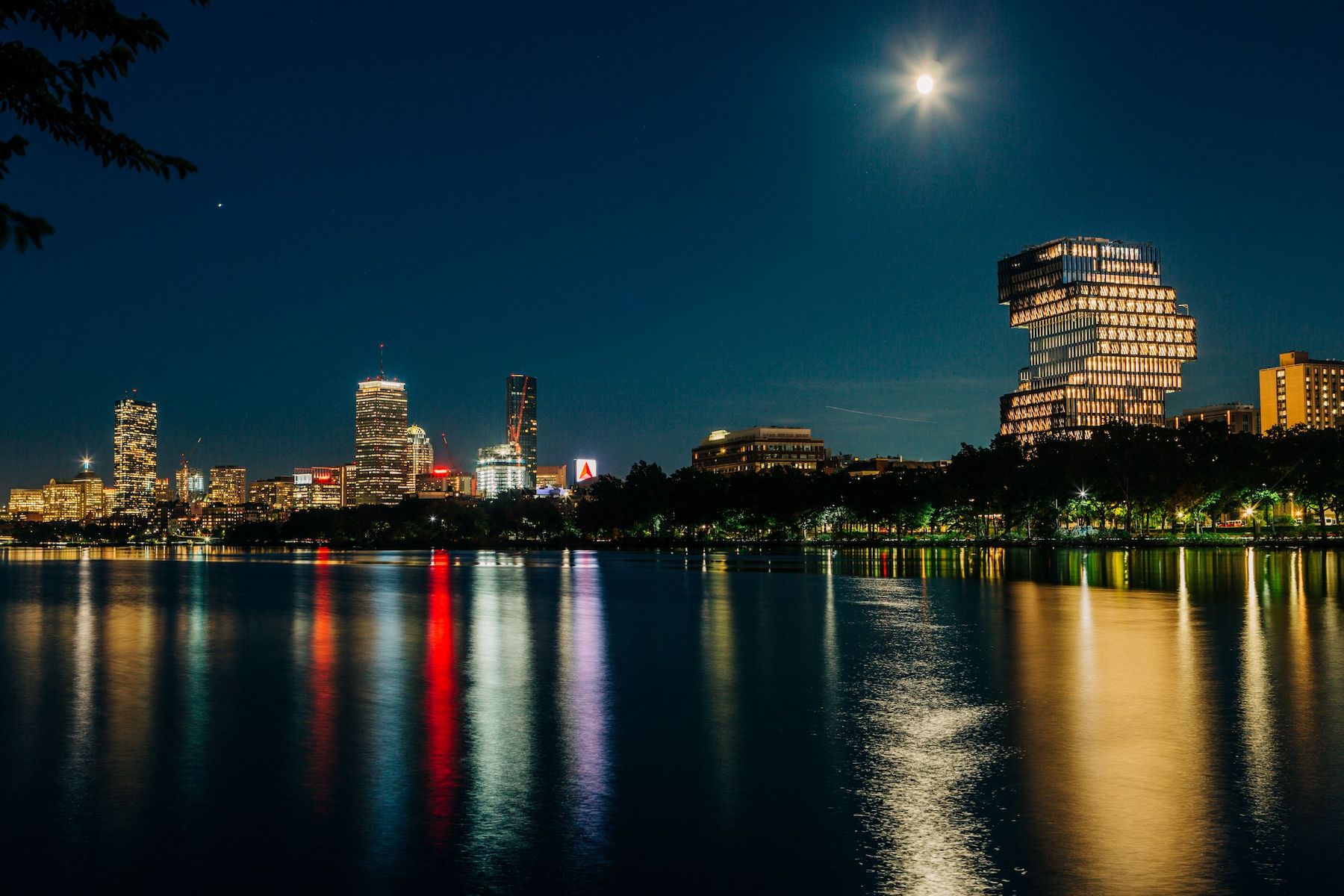New building accentuates Boston University’s commitment to data sciences and sustainability
The Boston University Center for Computing & Data Sciences has opened on the college's Charles River campus as one of the most sustainable and energy efficient buildings in Massachusetts.
The GC and construction management firm Suffolk, which is headquartered in Boston, delivered this 19-story 345,000-sf building, which is 100 percent fossil-fuel free as a result of the installation of a geothermal system with 31 bores, each about 1,500 ft deep into the earth, that harness thermal resources for heating and cooling the building.
The installation of this system puts BU at the vanguard of Carbon Free Boston, the city’s 2050 carbon neutrality goal. Other energy saving features in the building include triple-glazed windows, staircases that reduce elevator usage, and terraces and green roofs.
Designed by Toronto-based KPMB Architects, the Center will house the university’s newly created faculty of computer and data sciences, its Mathematics and Statistics department, its computer science programs, the BU Spark! Technology incubator, and the Rafik B. Hariri Institute for Computing and Computational Science & Engineering.
“We are in a data-driven revolution, and Boston University is committed to leading in this revolution,” said BU President Robert A. Brown.

The facility itself is designed with intellectual collaboration in mind, featuring an all-glass interior that creates transparency and invites light deep into the building. The unique design of the structure, which is composed of a series of floorplates shifted and cantilevered around the building’s central core, creates a vertically stacked and staggered layout of “neighborhoods” for each academic discipline.
Departments occupy 12 floors that sit atop a five-story podium. There are also two mechanical floors. Blocks of two-to-three floors are slightly off-center from the block below them, and give the building the appearance of being a giant stack of books. Its glass-and-steel exterior are designed to reflect natural light dramatically but also limit direct sunlight from entering the interior spaces. The building “calls attention to itself,” said Luigi LaRocca, KPMB’s founding principal and project manager, in an interview with BU Today.
The $305 million Center was built on a university-owned parcel that was formerly a parking lot and, before that, a Burger King.
